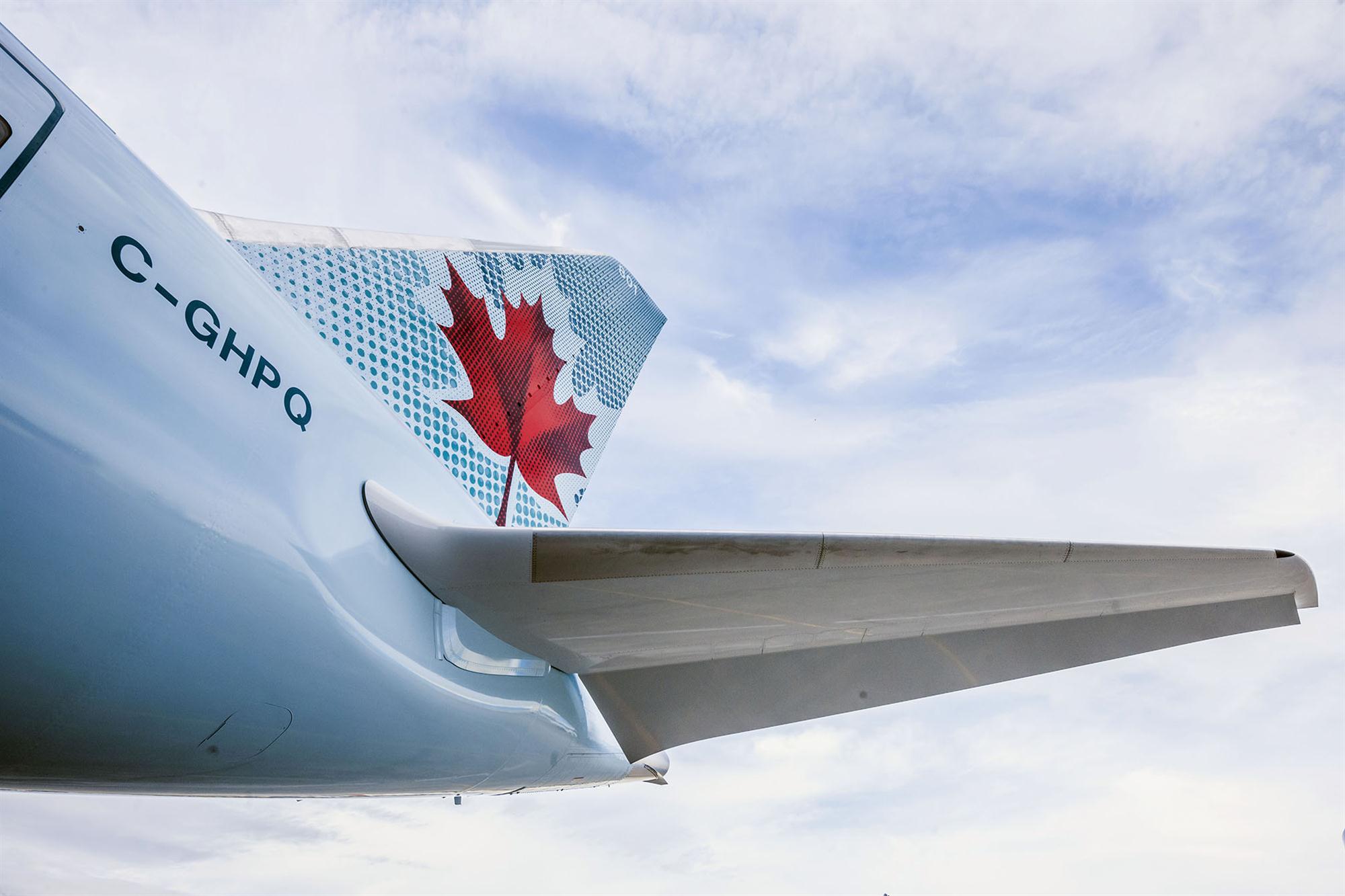Air Canada is taking visibility of its cargo to the piece level. To do so, the airline is rolling out RFID technology in its warehouses. This can capture individual shipments and feed the information in real time to the carrier’s host system, allowing tracking in real time at piece level.
Cargo is captured at six read points throughout the shipment process that is in the custody of the carrier, from goods acceptance over build-up to export for outgoing shipments and import (entry into the warehouse from airside dock), breakdown and delivery at the receiving end.
At some points, RFID readers are placed in pairs as portals to register the passage of cargo from one area to another. At others, multiple units are mounted in clusters, which enables the system to pinpoint a shipment’s location. One area where this comes into play is container build-up, allowing the system to register if a piece is placed in or taken out of a container.
The real-time feed of data allows not only faster shipment tracking and monitoring, it also helps eliminate mistakes. For example, if a shipment destined for Frankfurt is placed into a container headed for London, the system will alert the warehouse staff. Likewise, if a consignment consisting of multiple shipments is not complete or another piece placed next to it on the rack is mistakenly picked up, the system can issue alerts.

“This has the potential to change the way we handle cargo,” said Barb Johnston, manager of operational programmes, who has overseen the evolution and deployment of the technology.
Lise-Marie Turpin, vice president of cargo, noted that the benefits extend beyond real-time tracking and better accuracy. It will lead to quality improvements and also help in terms of security and customs requirements, she remarked.
The system, which went live late last year after extensive trials on the Montreal-Frankfurt route, was developed over years in close co-operation between the airline and its technology providers, Franwell Inc. and Jamison RFID. Rather than tackle the issue in one fell swoop, Air Canada opted for a step-by-step approach, working out the key elements of the required set-up as they moved along and identified possibilities and challenges.
This began with mapping out the entire handling process. Rather than develop an RFID set-up and match the processes to it, Air Canada wanted to maintain the integrity of the operational set-up as much as possible and overlay it with RFID, said Johnston. One point of that was to make it easier for the workforce to embrace the new system.
Following the implementation of the technology at its Montreal home base and Frankfurt, its main European gateway, Air Canada has since started rolling it out at other stations. At this point the focus is on major points in North America and Europe. Before the end of 2017, some 69 stations are slated to come on board.
RFID will not be installed in all of the airline’s locations. Major gateways, which generate larger traffic volumes or high-revenue streams like pharmaceuticals, are getting the full complement of the chosen RFID functionality. A second tier of mid-sized stations are going to be equipped to a more basic degree. Typically they will have RFID readers at the doors to register shipments’ entry and exit. A third tier of stations will continue to use the existing barcode technology to track and trace cargo.
“For example, if we move a shipment from Regina to Montreal, Regina scans the shipment with barcode readers, in Montreal the tag works,” Turpin explained.
The RFID tags are actually embedded in the label that has the barcode. Those labels are marked as RFID-enabled.
As the system is up and running, Air Canada and its technology partners are now open to demonstrating it to other parties. Johnston hopes that some of the carrier’s large handling partners will embrace it.
According to Michel Aumand, project implementation manager of Franwell, customers can determine what degree of visibility or what types of alerts they want. The solution is scalable, he stressed. In addition to tracking the movement of a shipment through the warehouse with time signatures, Franwell’s system incorporates a diagnostic tool that allows users to analyse the data in multiple ways. They can use this to identify bottlenecks, plan shift schedules and map out modifications.
“It is very flexible and adaptable. The customer decides which pieces we switch on and off,” he said.
By Ian Putzger
Air Freight Correspondent | Toronto




